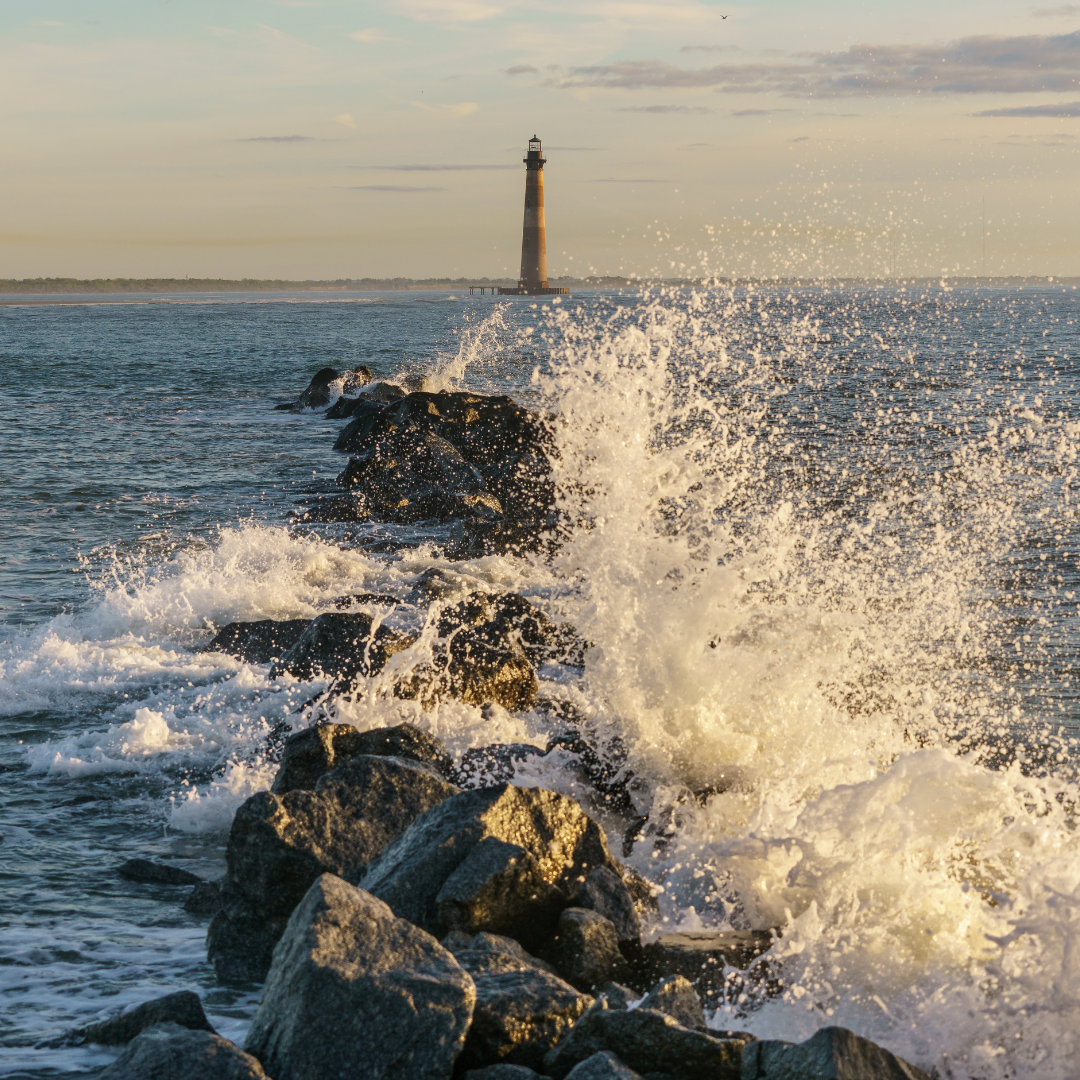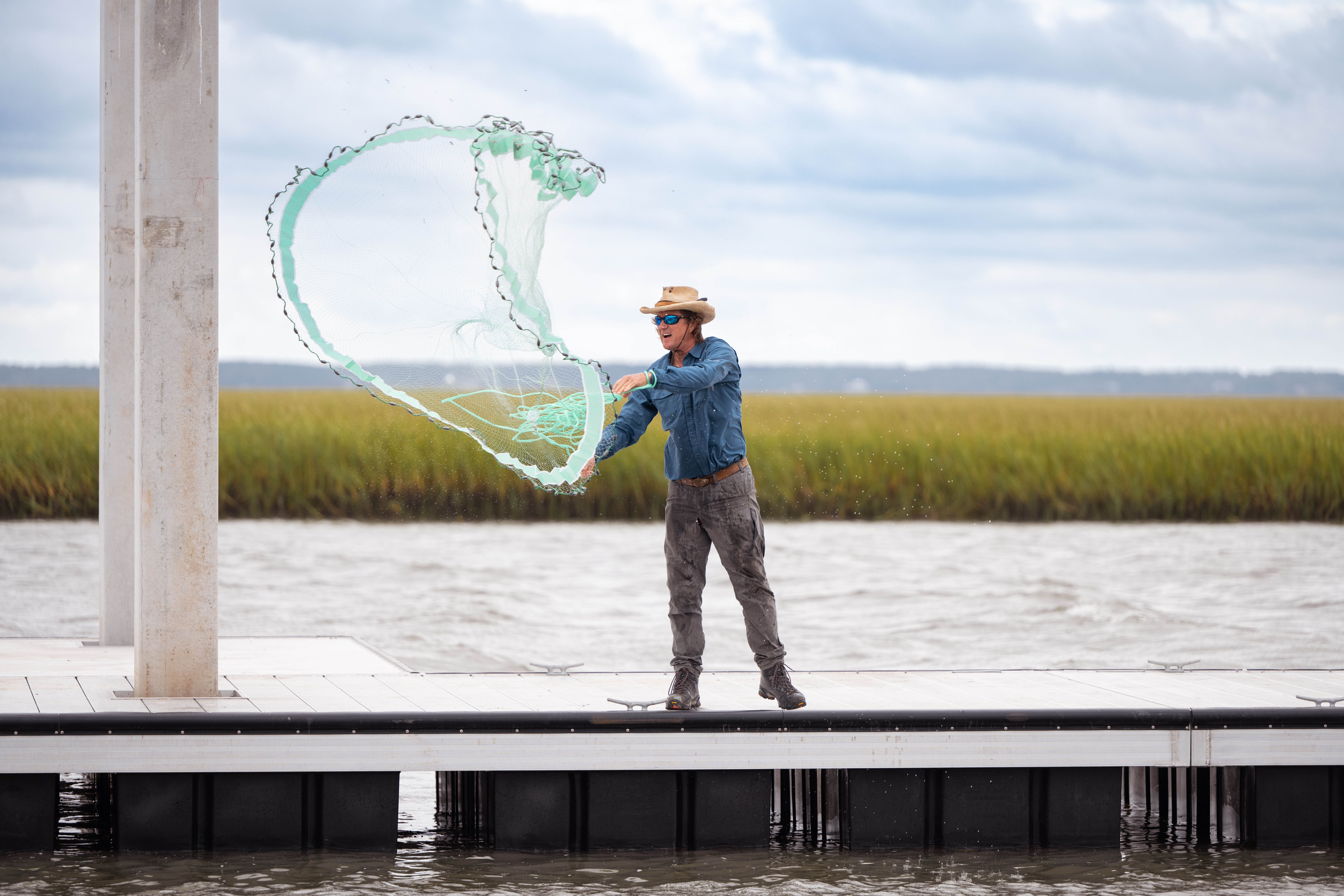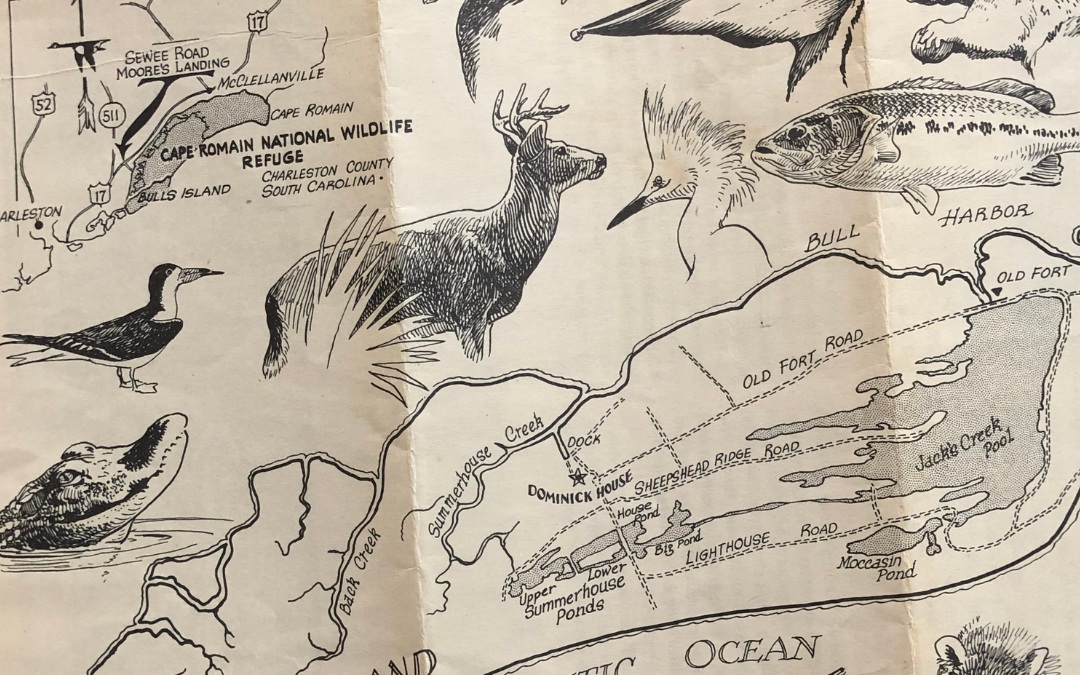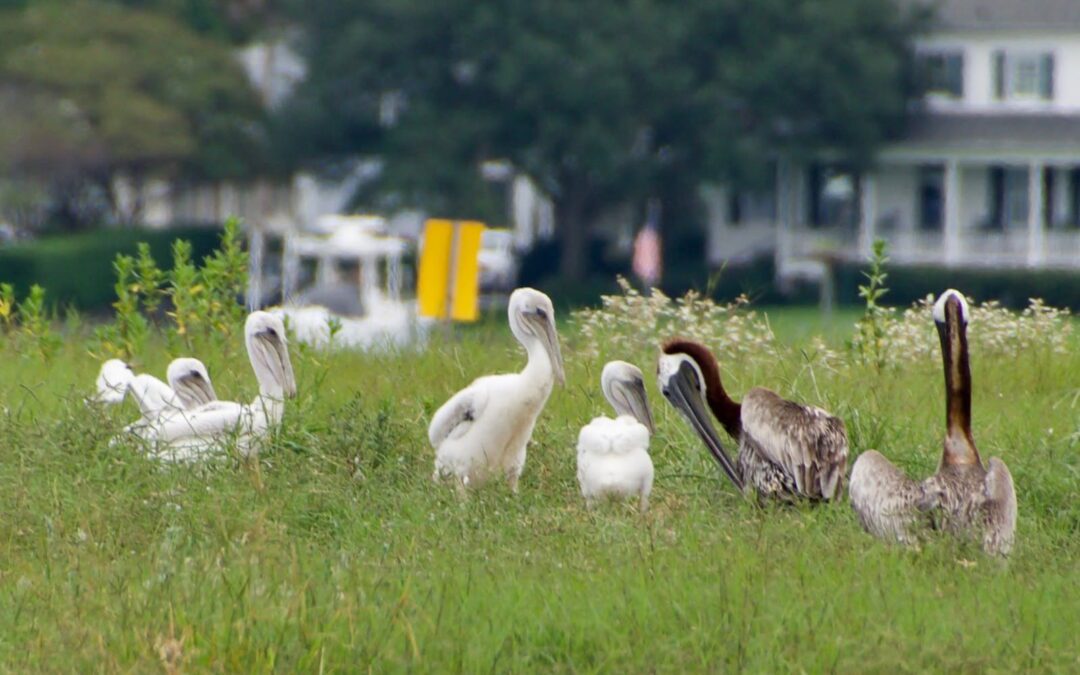GUIDEPOSTS
The History of Morris Island: A Barrier Island with a Storied Past
Coastal Warriors, a veterans resilience group coordinated by Coastal Expeditions Foundation, participated in the annual Francis Marion Forest Cleanup with Palmetto Pride as part of their commitment to service on our public lands.

Morris Island, a windswept barrier island at the entrance to Charleston Harbor, is a place of rich history, natural beauty, and enduring significance. Though uninhabited today, this South Carolina island has witnessed centuries of maritime activity, military conflicts, and environmental change.
Early History and Colonial Era
Long before European settlers arrived, the indigenous Sewee people lived in the region, relying on its abundant natural resources for sustenance. In the late 1600s, English colonists established Charleston and quickly recognized the strategic importance of Morris Island. The island, named after early landowner Robert Morris, played a role in protecting the harbor and was used for ship piloting and defense.
The Civil War and the Battle of Morris Island
Morris Island gained national attention during the Civil War as a crucial battleground. In 1863, Union forces launched an attack to capture Fort Wagner, a Confederate stronghold on the island. The 54th Massachusetts Infantry Regiment, one of the first African American units in the Union Army, led a heroic but ultimately unsuccessful assault on July 18, 1863. Their bravery was later immortalized in the film Glory.
Despite heavy losses, the Union eventually forced the Confederates to abandon the island in September 1863. They then used Morris Island as a base to launch artillery attacks on Charleston, bombarding the city for over a year.
Post-War Changes and the Disappearance of Fort Wagner
After the Civil War, Morris Island continued to serve maritime functions, but natural forces reshaped the island. Storms and erosion gradually consumed Fort Wagner, leaving no visible remains today. The Morris Island Lighthouse, built in 1876, became the island’s most recognizable landmark, guiding sailors through the shifting sandbars at the harbor’s entrance. However, due to erosion, the lighthouse now stands in open water, a haunting reminder of the island’s changing landscape.
Modern Era and Conservation Efforts
Over the 20th century, Morris Island remained largely undeveloped. While some proposals for development arose, conservation groups successfully advocated for its preservation. In 2005, the island was purchased by a conservation group to protect it from commercial development, ensuring its historical and ecological significance would be maintained.
Today, Morris Island is a popular destination for boaters, history enthusiasts, and wildlife lovers. Its shores provide critical habitat for shorebirds, and visitors can explore its sandy beaches, uncover remnants of its past, and admire the lighthouse standing resolutely offshore.
A Legacy of Resilience
From its role in Charleston’s defense to its place in Civil War history, Morris Island embodies a legacy of resilience. Though shaped by time, tides, and human events, the island remains a powerful symbol of history and natural beauty. Whether visited for its history, wildlife, or peaceful shores, Morris Island continues to captivate those who venture to its windswept landscapes.










